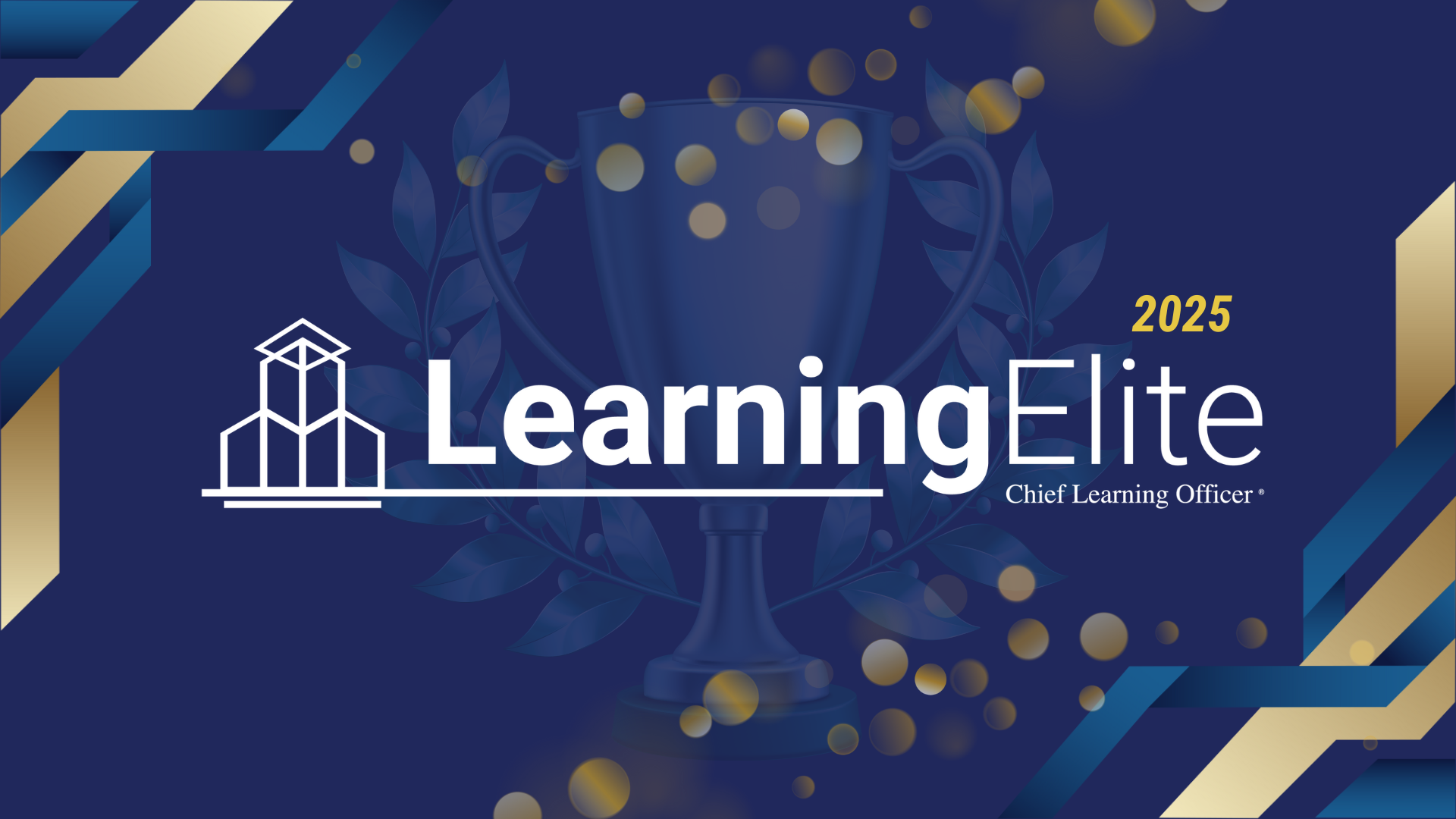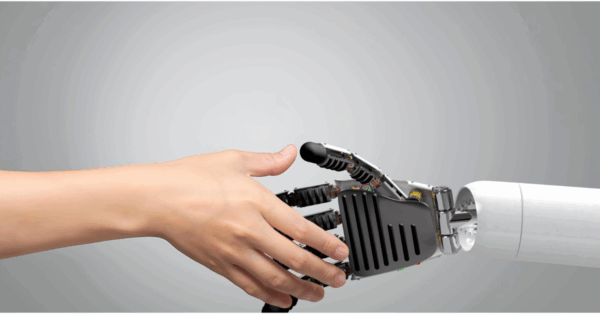You’ve probably seen people messing around with artificial intelligence lately. Every day, my social feeds are filled with AI-generated goofy cat memes or turning their selfies into comic book heroes. All of these examples are fun and exploratory. I get it! I once asked ChatGPT to produce a poem about a garden-wrecking groundhog in the style of Edgar Allan Poe’s “The Raven.”
However, now that AI is starting to permeate every corner of the digital space, these examples are equivalent to taking a supercharged race car for a spin around the block in a school zone.

In learning and development, AI can do so much more than gimmicks, yet many have yet to discover its real value. How can we use free AI tools to enhance our L&D practices? This article dives into three practical ways I’ve tapped the power of free AI tools to personalize training, boost practice sessions, and uncover data insights, to help employees grow and companies thrive. It’s time to move past the gimmicks and see what AI can do.
The big picture for L&D
Let’s start with the basics. How exactly can AI help individuals in the work they do? Josh Bersin says, “AI (artificial intelligence) is the domain of ‘intelligent data-driven systems’ that use algorithms to predict, rate, rank, and assist employees and managers at work.”
Because of its ability, using AI effectively is like adding a top-notch assistant or small team to your work to help analyze information and expedite tasks. In L&D, we focus on teaching or upskilling various groups, and one problem we’ve all experienced is that no two individuals are alike. They process information differently, leading to varying speeds of competency on any given subject. Some folks need a quick refresher, while others want to dive deep. That’s where AI can make a real difference.
Right now, a lot of L&D pros are testing the waters with AI. They might use it to write a quiz question or summarize a training video. That’s a start, but AI can transform how we train people, making it more tailored, more engaging and honestly, a lot more impactful. Here’s how we can make that happen.
Personalizing learning for everyone
I’m a decent cook and like trying new recipes to shake up our family’s weekly menu. But new recipes stress me out. I don’t have the confidence or sometimes the competence to master the dish. That’s where I gravitate toward recipes that have a detailed video showing every step along the way. My wife? Just give her the ingredients and a tip or two. Delicious!
In the workforce, it’s much the same. One employee might need extra support with new software, while another is tackling the advanced features in a matter of minutes. AI can step in and make learning feel like it’s built just for each person, figuring out what they need and guiding them along the way.
Here’s an example of how it works: I was coaching an employee who was working toward a project management certification. He wanted to know which parts of the certification he’s got down and where he’s shaky. Leveraging AI, I prompted it to create a 100-question practice quiz covering the key competencies and analyze his answers. As he worked through the quiz, he was able to get real-time feedback for each question, a summary upon completion, recommended next steps, and links to resources for continued learning.
This kind of tailored approach is a big deal. Without AI, we’d probably create one generic study guide and hope it works for everyone. That’s like handing out the same math worksheet to every kid in class, whether they’re just learning fractions or ready for algebra. This kind of personalization is a game-changer. With AI, we can meet people where they are, so they learn faster and feel more confident about their skills.
Building practice with real-time feedback
We all know that knowing something isn’t the same as being able to do it. Building skills takes practice in a safe space where mistakes are OK and feedback is clear. AI can help build confidence and capability without pushing your employees off the dock to see if they can swim.
Imagine you’re helping a team to get better at handling customer complaints. Since most AI engines have a “voice mode,” you can prompt AI to create various virtual practice sessions where employees role-play a conversation. Various scenarios and levels of difficulty are at your fingertips in a matter of minutes.
For one such instance, I used Grok’s mobile app, on voice mode, to role-play various sales pitch conversations with a financial advisory firm. Employees practiced their pitch, and Grok responded realistically, sometimes pushing back with tough questions. After each round, it gave specific feedback or guidance to the participant. We then discussed their approach, made a few tweaks and they tried again. Over the next few sessions, their confidence soared.
Compare that to the old way of doing things: a long lecture followed by… nothing. No practice, no feedback, just a hope that people remember what they heard. Or maybe a few canned awkward role-plays where everyone’s too nice to critique and walk away feeling a sense of frustration. With AI, employees get to experiment, make mistakes and grow, all with guidance that feels like it’s coming from a patient coach.
Digging into data for insights
AI shines when it comes to data. I love diving into data and uncovering patterns. But with a packed schedule, I lean on AI to analyze training data fast without donning my data analyst cap.
Here are a few ways AI can crunch huge amounts of information for me and find patterns that may have otherwise remained unseen. You are likely to have evaluation data from reactions to ROI. Congrats! Measuring is half the battle, but taking that data and finding insights is where true power lies. However, you may find yourself off to solve the next problem before you find valuable insights.
To find those insights quickly, you could try to ask AI to review your textual feedback from reaction surveys to identify trends in course structure. You could give a spreadsheet of test or observation scores to see which areas are most consistently missed or underperformed. That would allow you to identify if the content is not supporting the concept fully.
Maybe you want a comparison view of performance metrics, sales growth or customer satisfaction scores of those who have completed a specific training vs those who haven’t. All these examples are ways to supercharge your ability to make smarter decisions through valuable insights faster.
Why this is a big deal
So, why should L&D pros get excited about AI? Because it’s not just a shiny new tool, it’s a way to make our work more effective and meaningful. Instead of slogging through hours of creating one-size-fits-all courses, we can use AI to whip up personalized lessons in no time. Instead of crossing our fingers and hoping training sticks, we can use data to know for sure. And instead of leaving practice to chance, we can build sessions that make learning active and fun.
Employees win, too. Their motivation to engage in your training skyrockets when they feel like it was designed just for them; matching their pace, practice that builds their skills, and feedback that’s clear and specific. That leads to better performance, which is good for them and great for the company.
Getting started without overwhelm
If you’re thinking, “This all sounds amazing, but where do I even begin?” Don’t sweat it. Jumping into AI doesn’t mean you have to overhaul everything overnight. Start with something small, like using AI to create a quiz or recommend a few tailored lessons for a team. More and more learning platforms already have AI features built in, so you might not need to start from scratch.
It’s also OK to lean on others for help. Chat with your company’s tech team or poke around online for tips on using AI in L&D. There’s a ton of advice out there. The key is to start experimenting beyond the meme-able photos or rap lyrics about your favorite sports team. Try something, see how it lands and tweak it as you go. AI’s all about learning by doing, just like we want our employees to do.
One thing to keep in mind: AI’s a partner, not a replacement. We still bring the vision and know-how to make training resonate. AI just helps us do it faster and better.
Let’s get moving
AI’s sitting there like a race car, ready to hit the track. For L&D pros, it’s time to stop cruising in first gear and start exploring what this technology can really do. By personalizing learning, building practice with feedback and using data to guide our choices, we can create training that helps people grow and makes companies stronger.
Enough with the goofy memes and one-off experiments. Let’s take AI for a real spin and build workplace learning that’s practical, powerful and ready for the road ahead.

















